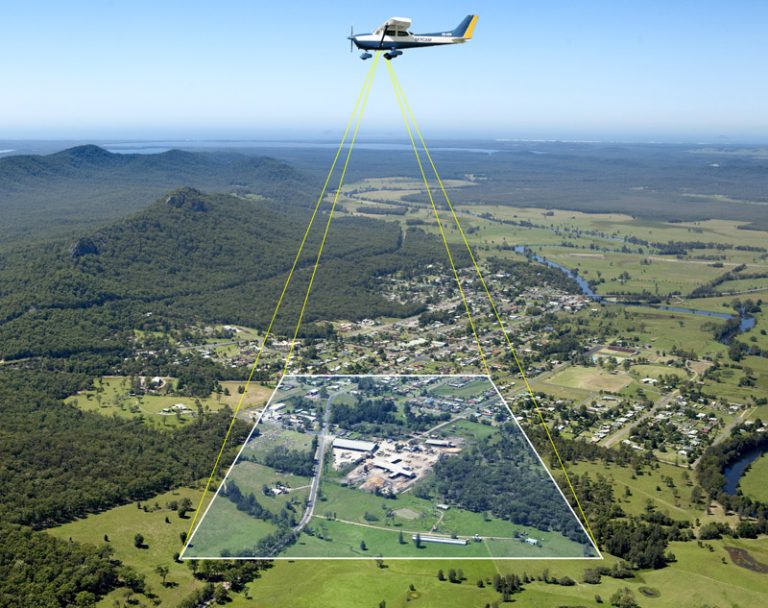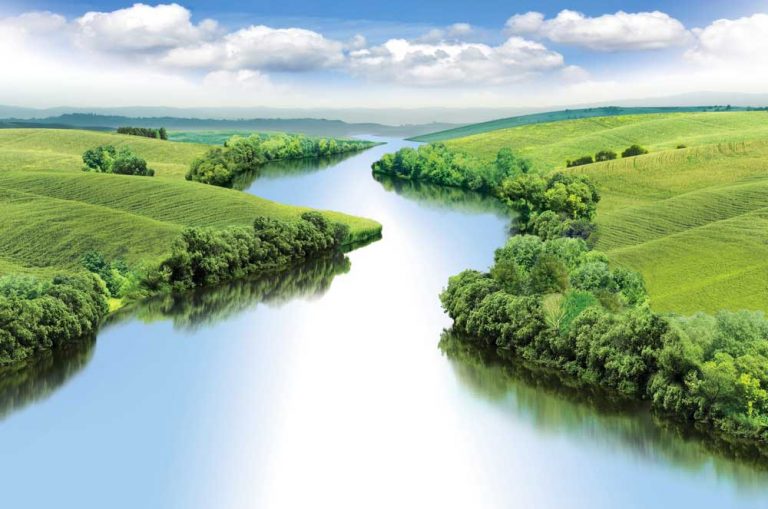STATISTICAL MAPS
As it has been introduced in the chapter one; the numerical data after to have been collected, summarized and analyzed; are presented to provide pictorial view (visual idea).
One of the useful ways for representing the numerical facts is by maps. The method of maps is established with an emphasize of showing distribution values of phenomena of places over the earth’s surface.
Moreover; the places whose values to be shown on maps should lie adjacently to one another in such a way they can all appear on a similar map.
It is thus; statistical maps are the ones designed to show the values on spatial distribution of geographical events (phenomena).
Or
The maps designed to show spatial distribution of certain geographical events in quantitative manner and in turn allow quantitative analysis.
The main useful statistical maps which allow quantitative analysis include the following.
- Choropleth maps
- Dot maps
- Flow line maps
- Isopleths maps
Choropleth maps
These are the statistical maps which use the system of varied shade textures to illustrate the density spatial distribution values of a certain phenomena for the places. The maps mostly designed to show population density of places. On the map, places with similar shade texture have almost the same distribution density.

Construction of the choropleth map
(i) Obtain the base map with suitable scale. The map should have the boundaries of administrative areas. The scale is used to asses the size of the administrative areas which then are related to the amount of distribution.
(ii) Obtain the data and summarize into the table. The tabled data should show clearly the names of administrative areas, area size and amount of distribution.
(iii) Determine the density values of distribution for areas
(iv) The worked densities should be grouped using regular interval. In this respect; more than one classes should be selected and all should have the worked densities. It is also important that; the classes should not be numerous.
Example:-
Use the following data to prepare the choropleth map:-
| Province | Population | Land area (km2) |
| Nairobi | 2,143,254 | 696 |
| Central | 3,724,159 | 13,220 |
| Coast | 2,487,264 | 82,816 |
| Eastern | 4,631,779 | 153,473 |
| North Eastern | 962,143 | 128,124 |
| Nyanza | 4,392,196 | 12,547 |
| Rift valley | 6,987,036 | 182,539 |
| Western | 3,358,776 | 8,264 |
Calculation of the population densities for the regions.

The suggested interval is of 100 and thus; the groups include:- 0-99, 100-199, 200-299, 300-399, 400-499 and 500.
With regards to the groups, the choropleth map appears as follows:
KENYA: DENSITY POPULATION BY PROVINCE 1999

Advantages of the choropleth map
It is most suited to show distribution values of a certain geographical phenomena in relation to area size i.e. It is the most suited to show densities over space.
The data can be analyzed quantitatively from the map
It provides visual idea (impression) to people on varied densities of distribution.
The disadvantages of choropleth map
The shades indicated on the map remove the political boundaries
It is tedious enough in construction as it involves many values. i.e. preparation consumes much time.
If no topographical map provided the map may give wrong picture about the distribution of the phenomena.
Problem may occur in deciding the varied shade textures to be used on the map.
The map might be realized to show abrupt change of distribution area to area some thing which is not realistic
It is not possible to obtain absolute values or exact densities from the map because the shades represent categories of densities.
It is not possible to insert additional details on the map.
Dot maps
Dot map is a considerable form of statistical map which involves the use of fixed size dots to show the spatial distribution of a certain geographical phenomena like people, cattle etc.
Or
A map which shows the spatial distribution numerical quantities using dots. A dot is a simplest symbol used in representing quantities on maps. A dot represents fixed amount similarly to others.

Construction of a dot map
(a) Take into consideration the base map given. The base map should have the clear boundaries of the administrative areas.
(b) Obtain the data and summarize into a table. The tabled data should show the names of administrative areas and their amount of distribution for the phenomena.
(c) Make decision on dot value. In this, it is important for the dot value should not be too small or too large. With too large dot value, there is a possibility for the regions with small amount of distribution to lack dots and thus; may impress that, the areas less occupied. If too small dot value chosen, may cause a problem of dots overlapping. It is thus; the dot value should be reasonable.
(d) Determine the number of dots to be allocated in the administrative areas on the map. It is by diving the amount of distribution to dot value.
(e) Insert the dots on the map accordingly. It is important for all dots to have the same size and evenly distributed.
Example:-
| Province | Population |
| Nairobi | 2,143,254 |
| Nairobi | 2,143,254 |
| Central | 3,724,159 |
| Coast | 2,487,264 |
| Eastern | 4,631,779 |
| North Eastern | 962,143 |
| Nyanza | 4,392,196 |
| Rift valley | 6,987,036 |
| Western | 3,358,776 |
Procedure:-
(i) Dot value determination
According to the given data; 1 dot represents 100,000 people
(ii) Number of dots determination


KENYA:POPULATION BY PROVINCES 1999 (* 100,000 people).

Fg. 1.3 Kenya: Population by provinces, 1999 (100,000 people)
Advantages of dot maps
The data can be analyzed quantitatively from the map.
It is easy to get the amount of distribution of each area by considering the number of dots present and the dot value.
Preparation of the map is fairly easy
The map provides visual impression
They are the most widely used statistical maps for showing distribution.
Disadvantages of dot maps
The map is facing a problem of double counting during of making quantitative analysis. This give wrong quantitative picture.
If no topographical map provided, the map may give wrong picture about the distribution of the phenomena
With larger or smaller dot values, problem may occur in representing distribution on the map.
Fractional values may not be represented on the map
Drawing many dots of uniform size is difficult. Special pens may be needed for this purpose.
FLOW LINE MAPS
These are the maps which illustrate the volume of goods or number of vehicles, people, cattle e.t.c. moving between points or areas along established routes of like roads, railways, canals, or air and sea routes.
Or
A statistical map designed to show the movement of the geographical phenomena from one place to another through an established route way of like road, railway, water way, airway and others.
With the flow line map, a line shows the direction of the movement; while, the amount of movement is by varied width line. The character of the movement can be by varied shade textures or colours.
It has to be noted that; the direction of the movement and the distance involved have no significance as far as quantities are concern.
E.g.

Construction of the flow line map
(a) Draw the base map of route ways
(b) Asses the data given. The data should have names and amount of movement between the check points (stations) along the route way.
(c) Decide the width scale value. This has to take into consideration the highest and lowest values. It is much better to avoid too large or too small scale values. Too large scale values makes very fine flow lines and too small scale value may result into wider flow lines.
(d) With respect to the decided scale, draw the flow lines along the routes on the map.
Example:-
Use the data and map given, to show the amount of movement of the passengers between the check points along the route ways.
| CHECK POINTS | PASSENGERS |
| A – B | 10,000 |
| B – C | 8,000 |
| B – D | 7,000 |
| B – E | 7,000 |
| E – F | 3,000 |
| E – G | 2,000 |
Procedure
Scale value determination:

Thus; along the flow line; 1mm represents 1,000
The flow lien map for the data given appears as follows.

Advantages of the flow line map
- The map is most useful for showing the amount (volume) of movement between the check points along the route ways.
- The data from the map can be quantitatively analyzed by regarding the width of the flow lines and the value scale.
- It provides visual impression to people
- Calculation and drawing of it is fairly easy once the scale value has been decided.
Disadvantages of the flow line map
- Wide variation between the highest and the lowest values given difficult to assess the scale value
- The volume (amount) of movement cannot be exactly analyzed from the map.
- Difficult may arise in drawing the double flow lines
- The very small values always are not accurately represented on the map.
ISOPLETH MAPS
It is form of statistical map which uses the system of lines to show amount of distribution of phenomena. The lines on the map are drawn to connect points of equal values and the lines are called isolines.
Isopleths maps are also called isoline map, isarithm map and isometric map.
Examples of isopleths maps include; relief map by contours, meteorological maps showing atmospheric pressure, rainfall, temperature, etc. and maps which show depth of water bodies.
The isolines established on the isopleths map have special terms for specialized purposes.
- Isotherms – Temperature
- Isobars – Atmospheric pressure
- Isohyets – Rainfall
- Isoneph – cloudiness
- Isobaths ocean depth
- Isohaline – salinity
Construction of the Isopleths maps
1. Obtain the outline base map and the appropriate data and mark in the points and their values in pencil on the map.
2. Decide the interval to be used
3. Select the critical values. These are the ones which correspond (match) with the chosen interval.
4. Join the critical values with smooth lines according the chosen interval.
Advantages of isopleth map
1. It provides good visual impression if it is well presented
2. It is useful for showing distribution of phenomenon particularly climate.
3 The map preparation is fairly easy.
4. It can be analysed qualitatively
Disadvantage of isopleth map
1 .It is time consuming in preparation especially drawing
2. It is difficulty to quantify the data presented
3.It needs high skills to interpret data presented





























































